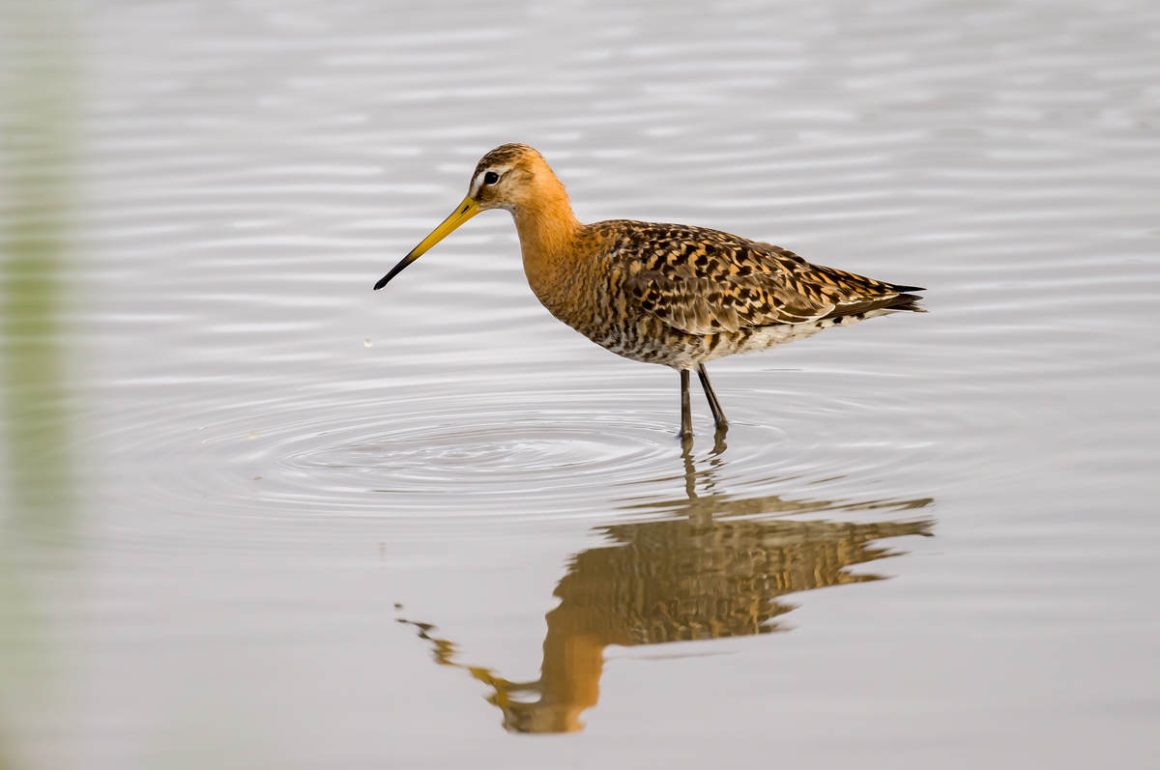
Many bird names reflect sounds or songs – these bird names are onomatopoeic. Personally, I find these names more satisfying than the “common” English name. First, English is not the scientific naming language so there is not always consensus on the English name, English names oftentimes reflect 19th century moustachioed gentlemen with an evil streak and lastly, they’re not helpful with identification. This is not a Dutch or Afrikaans specialty, although I have identified a great number of onomatopoeic names in those two languages, but that could easily be observer’s bias. Onomatopoeia are quite rare in English for sure. Here are 10 onomatopoeic names in at least ten different languages to prove my point.
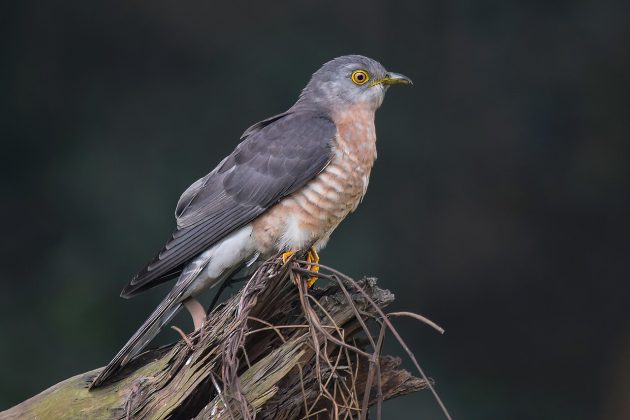
Nobody can mistakenly identify number 1 on my list. The Common Cuckoo. It calls out its name in French, German, Dutch, Portuguese and Italian, just to name a few. Even its scientific name is perfectly in line with this list’s theme: Cuculus.
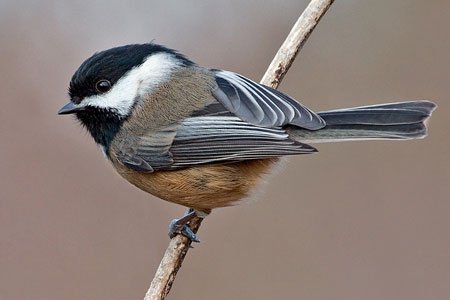
Number 2 is a group listing: Chickadees. Not just a prudish way of avoiding the European name for these birds, but a Cree onomatopoeic rendering of their alarm call. The more dee-dee-dee, the bigger the danger. And yes, the Cree were first, so this isn’t an American-English onomatopoeia.
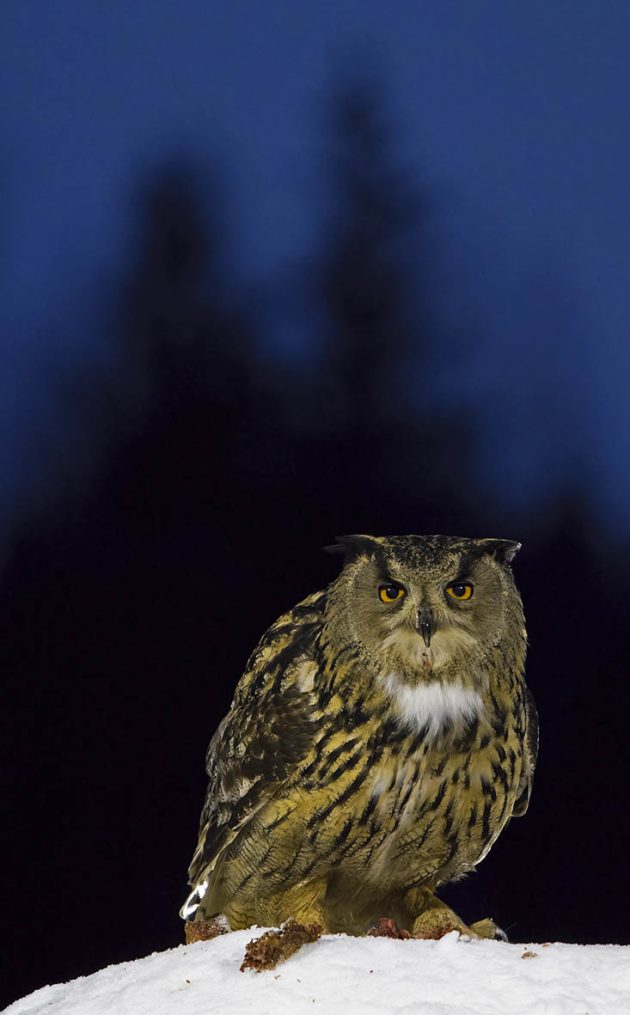
At number 3, another group listing and frequently mentioned on this website, the Owl. In Japanese it’s called hô-hô. Also applies in German, Dutch and many other languages, except of course English.
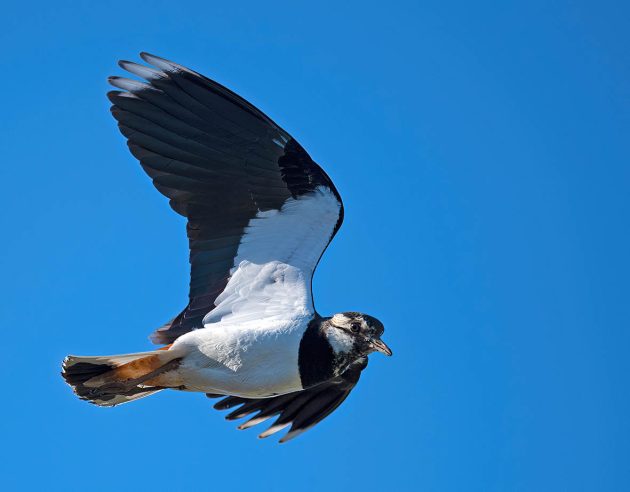
At number 4, the Lapwing. The bird I grew up with in the Dutch polders, loudly defending its nest by shouting their name “kievit-kievit”. The first-found egg used to be offered to the Queen of the Netherlands, a custom no longer in practice. However, the Frisian ‘ljipaaisykjen‘ tradition continues to this day, but with regular prohibitions when the population is under pressure. By the way, a true egg seeker will not only look for the eggs but also protect the nests. Despite the emotional opposition to the egg seekers kievit populations are actually suffering from very different, more insiduous causes.
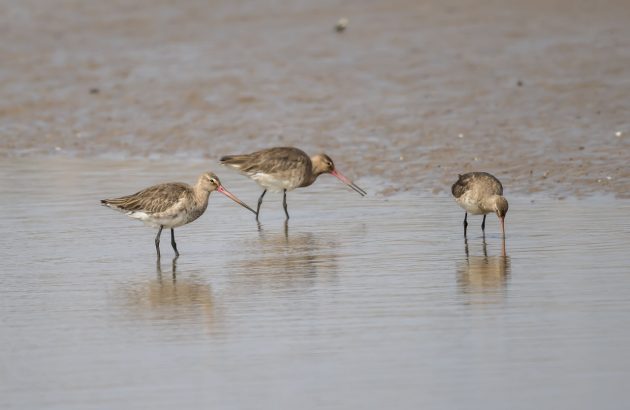
Staying in the polders for number 5: the Black-tailed Godwit. The national bird of The Netherlands and currently barely holding on with a few thousand breeding pairs where once (in my life time!!) there were more than a hundred thousand. It is still heartwarming to be in a polder reserve or a sympathically managed plot of agricultural land and hear them announce their name in Dutch: grutto-grutto-grutto.
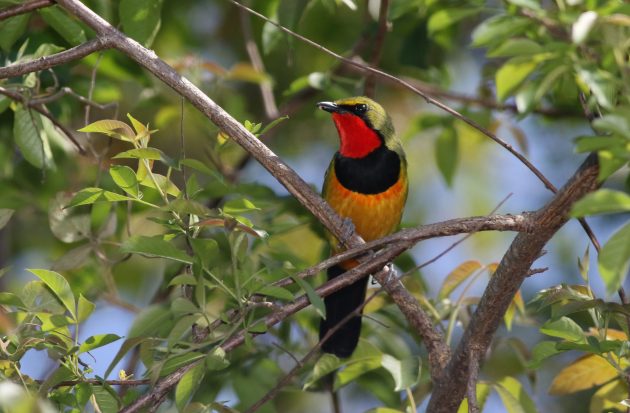
Afrikaans is a daughter language of Dutch – born out of a mix of languages spoken by people who were not necessarily together voluntarily – to put it mildly. No surprise then given the shared history that the use of onomatopoeia is as common in Afrikaans as it is in Dutch. My favourite on number 5: Konkooit (Gorgeous Bushshrike).
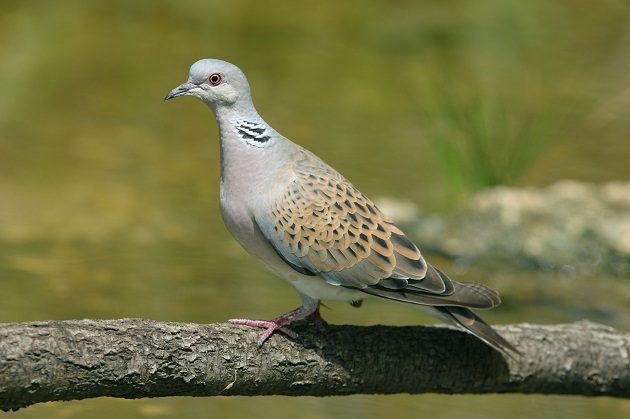
The European Turtle Dove makes a cooing sound, a soft “gorrrr”. Ukranians therefor call it gor-litsa. Another severely threatened bird that shockingly can still be hunted across large parts of the European Union. BirdLife is pushing for a ban. Once a full hunting ban is in place all we need to do, is fix the destructive farming practices that endanger all our farm birds. The gorlitsa is our number 6.
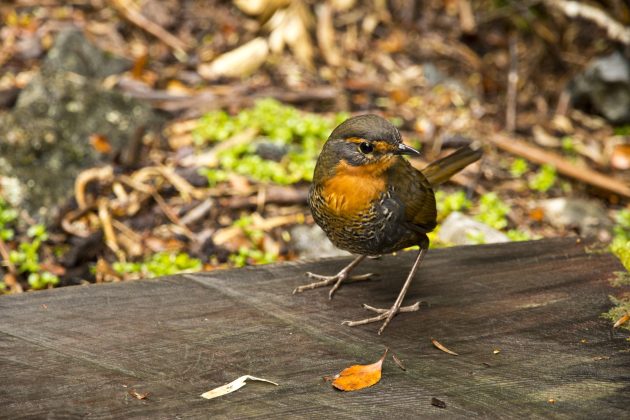
Moving far south to Chile where we can find the Chucao Tapaculo – the bird’s name a combination of an onomatopoeic part (its “chu-cao!” call) in Mapuche and the rather bizarre second part, meaning “cover your ass”, in Spanish. I humbly refer to your judgment, dear reader, but whether crude Iberian or sophisticated Mapuche: number 7 it is…
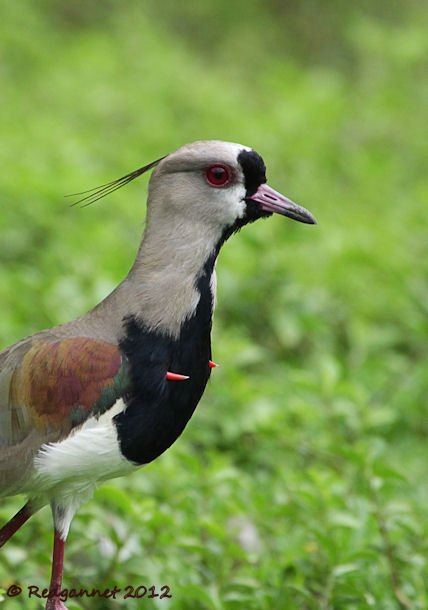
Moving slightly east, to Argentina, where we will find our number 8: Southern Lapwing. For the Guaraní it was the call that identifies the bird. Just approach too closely to a nest and you will hear the piercing sound: tero-tero. As with all lapwings accompanied by mobbing, dive-bombing and broken wing displays if needed. A fierce bird, commonly encountered but worth a second look – did you see those spurs?
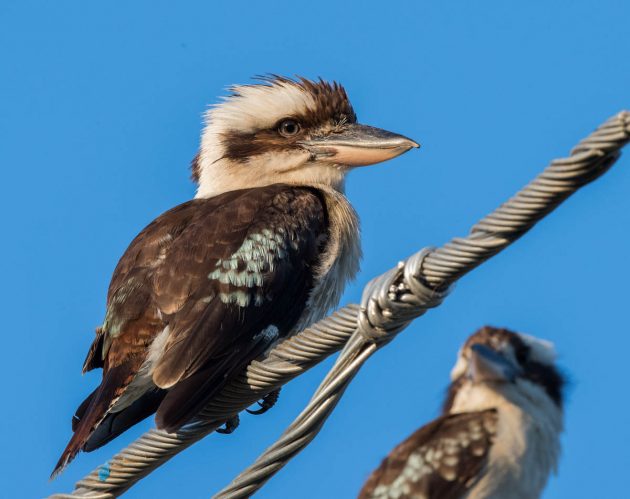
The Kookaburra’s maniacal laughter has been well-known to visitors to Australia for a very long time. And I mean, a very, very long time. The Dharug – aboriginal people first drawn to the continent at least 30,000 years ago – were the ones to dub the bird with its present name. The clearly onomatopoeic label comes from the Dharug word guuguubarra.
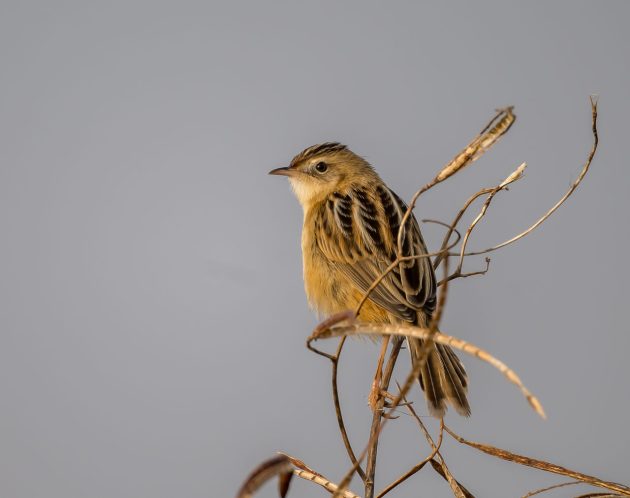
Good things come to those that wait. Finally, for our Anglo-Saxon friends we present a whole family. Many Cisticola species are named for their sound. The Zitting Cisticola zits, the Rattling Cisticola rattles and the Chirping Cisticola chirps. Of course, I could have selected the last picture at random. Any Cisticola would have sufficed – who knows the difference between these ultimate Little Brown Jobs? But I didn’t forsake my duty and picked the right one (also because I did take the effort to learn the differences). The Zitting Cisticola is from the 10000birds archive, like all other pictures of the listed birds, except the Gorgeous Bushshrike (courtesy of Derek Keats from Johannesburg, South Africa, CC BY 2.0 https://creativecommons.org/licenses/by/2.0, via Wikimedia Commons) and the Chucao Tapaculo (by Nicolás Binder from seno de reloncaví, Chile, CC BY-SA 2.0 https://creativecommons.org/licenses/by-sa/2.0, via Wikimedia Commons).

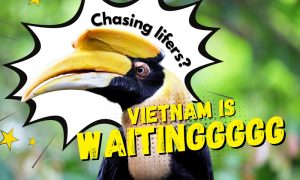
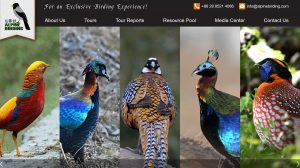
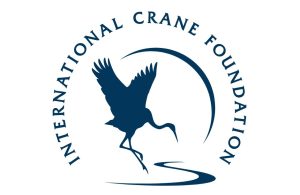
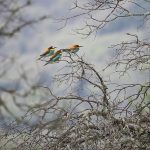
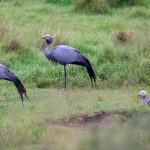


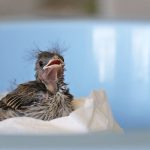
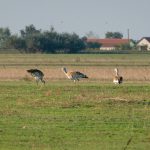

Hello, Peter! So your list here displays quite a few onomatopoeic monikers in today’s-English, then, and thank you for that. Ffrom an Australian Englo-Celt, brought up as a Gould Leaguer. As I lucky child of the Austalian bush I often then listened closely to the sound of the Australian bush Emu, trying to fit those short grunts to their name – I fancied I heard some connection. As an adolescent I was enchanted to learn the (then accepted idea) that word, first emanated, and then spread, from somewhere in Africa, moving across the globe – to meet its identical twin within (some of) Australia’s indigenous linguistic multitude as the name a similar, smaller, indigenous fowl. As a non-hunter, non-consumer of fowl, I could make some comments about the coming sad demise of your Netherlands’ “keivit-keivit” and “grutto-grutto-grutto” – another day. Best birding to you, and thank you for your stimulating, though biased ideas. Susanne
Thanks Susanne! The bias is very tongue in cheek – there’s an Easter egg in this post that contradicts my point immediately. You found it. I am jealous of your Australian bush experience and hope to return one day for birds not business. Happy birding!
Peter, you went above and beyond with this post linking all the Xeno-Canto links to make it easy for us. Thanks so much for putting this together. I love bird sounds, whether songs, calls, chips or trills. For any birder on the road to becoming a skilled birder, I would think there is nothing more rewarding, and enjoyable, to realize that you can now identify that little bird in the bushes, or the one flying overhead, simply by the call it is making. Your post is also a reminder to all birders: protect your hearing! Recently, I finished reading the 1986 Barry Lopez book “Arctic Dreams”. A gem of a book that I recommend to all birders – not because it is about birding, but because arctic birds are given recognition throughout the book. Don’t be put off by the 1986 copyright year. Toward the end of the chapter titled A Northern Passage, Lopez writes this: “The fierce testament of life in abeyance on the winter tundra […] on Baffin Island the haunting sound of oldsquaw (Eskimo name for Long-tailed Duck) in the ice, ahaalik, ahaalik (in italics). Both parentheses are mine. Right then I had to stop reading to check the sound of ahaalik, ahaalik – and Lopez nailed it. The loudness and persistence of Clangula hyemalis’s vocalization is where the duck received its colloquial name – of course, now considered a derogatory term – but which also still persists. I’m not as good at linking Xeno-canto as you are but readers can check it out on Merlin Bird ID. Click on the first song recorded in Alaska.
My favourite is the Chiffchaff. In Dutch it’s the Tjiftjaf, in German the Zilpzalp, in Finnish the Tiltaltti.
I’m not sure about the Hungarian: Csilpesalpfüzike.
A common alternative name in English for the Lapwing is the onomatopoeic Peewit.
The Chiffchaff is a migrant bird that is doing very well in Britain, and our woods are now full of Chiffchaffs singing their name.